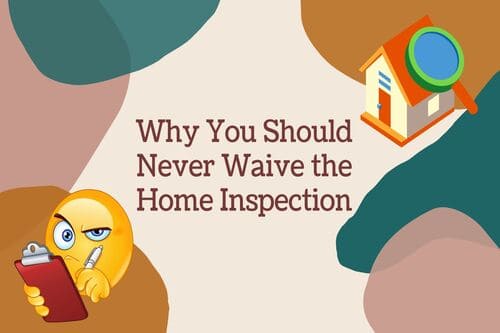
When navigating the real estate market, you may come across properties listed for sale “as-is.” At first glance, this might seem like a clear-cut declaration: what you see is what you get, with no room for negotiation or expectation of repairs. But here’s the thing — “as-is” doesn’t always mean that the buyer is on the hook for every single issue without any recourse. Let’s break down what this term really means and what homebuyers should know.
The Real Meaning of “As-Is”
When a seller lists their home “as-is,” they’re essentially stating that they do not intend to make any repairs or offer credits for potential issues found during the inspection. It often implies a sale in its current condition — whether that’s pristine or needing significant work. However, the listing doesn’t automatically eliminate the buyer’s rights or options to protect themselves.
Home Inspections Are Still a Must
An “as-is” property listing does not mean that you should waive a home inspection. In fact, it’s even more reason to have one. An inspection allows you to gain insight into potential issues, including structural concerns, outdated systems, mold, or other challenges. While the seller may not agree to fix these problems, you can use the inspection results as a guide for your final decision. You might find that the issues are manageable, or you may decide to walk away if the repairs are extensive and costly.
Negotiation Isn’t Off the Table
Despite the “as-is” label, buyers can still negotiate. If your inspection reveals serious issues, you can present your findings and ask for a price reduction, repair credit, or specific concessions. Although the seller may stick to their stance of selling the property as-is, it doesn’t hurt to try. In some cases, sellers might adjust their position to avoid losing a potential buyer, especially in slower markets.

